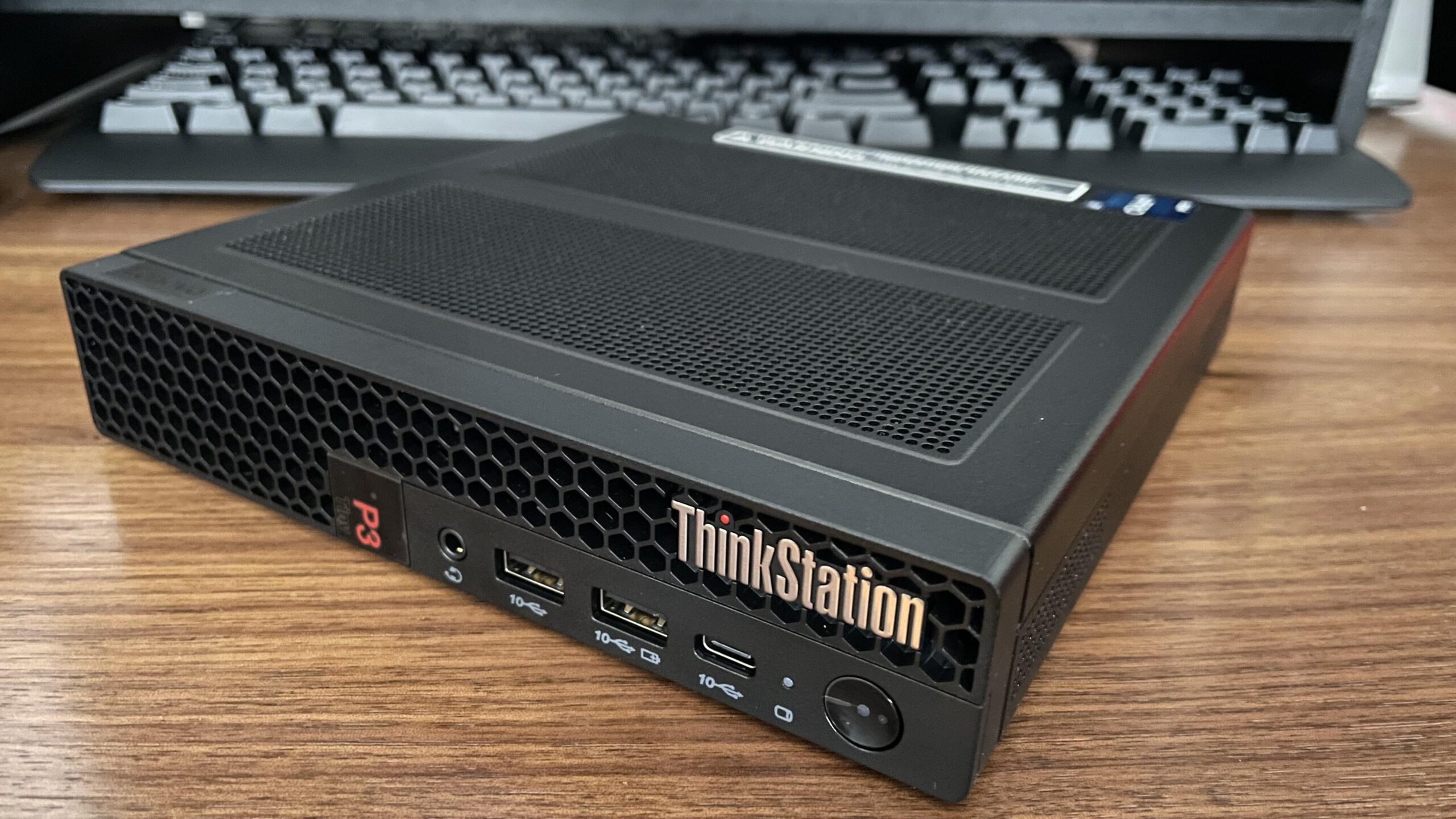Android Auto and Wear OS Integration Is the Safety Upgrade?
Andy Walker / Android Authority Driving is one of the most focus-intensive tasks we do daily — and yet, there’s still a glaring blind spot in how our tech supports us behind the wheel. While Google’s Android Auto seamlessly brings your phone’s best features to your dashboard, one crucial source of personal data remains untapped: … Read more









